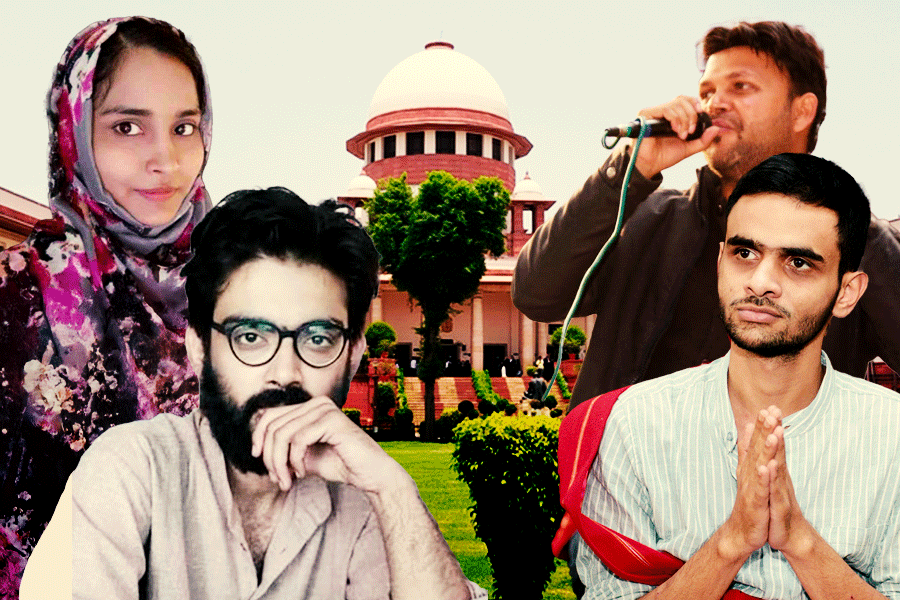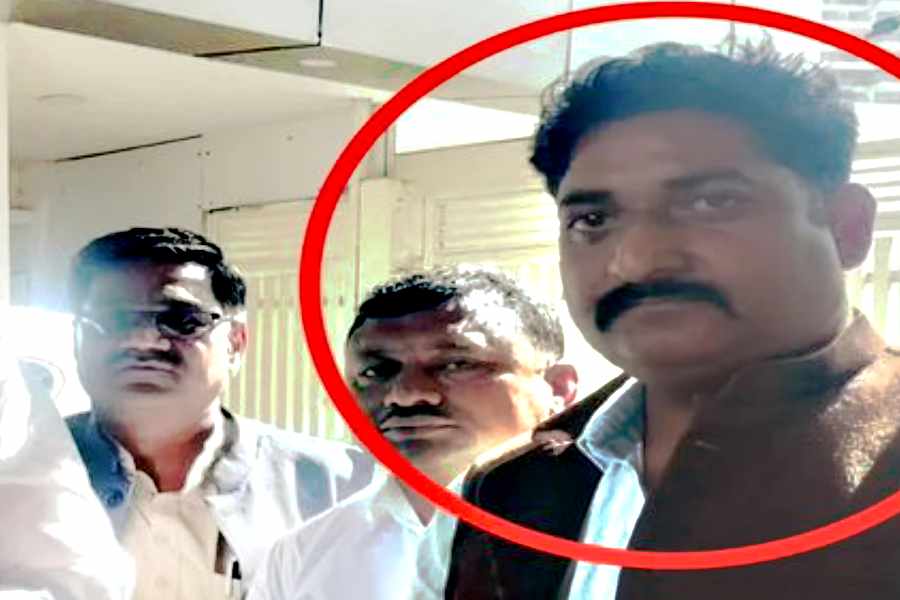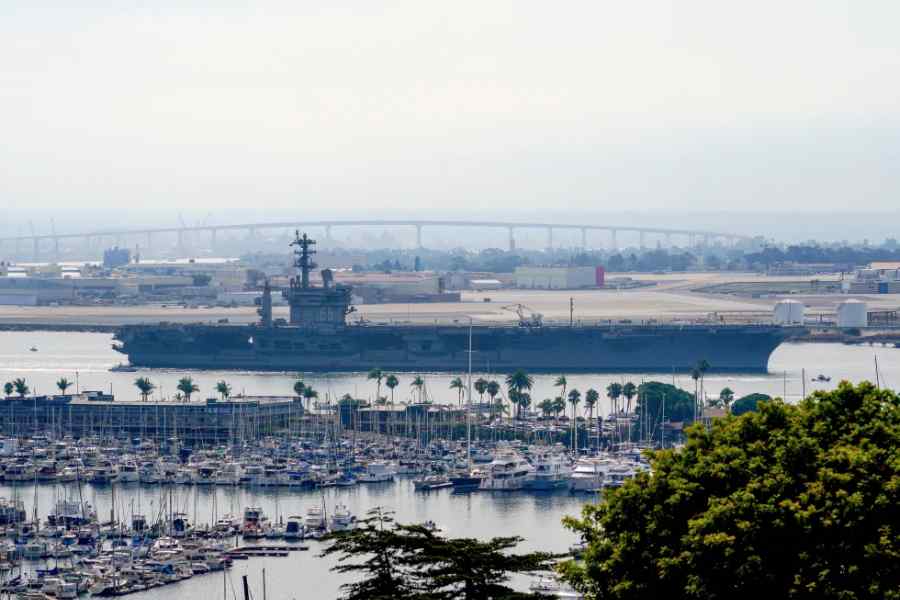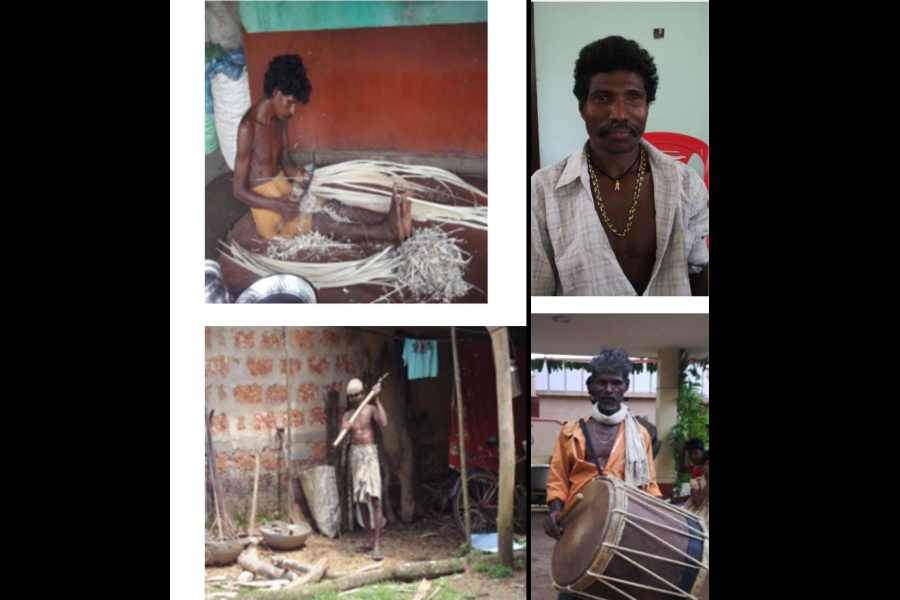 |
At a recent bonsai workshop organised by Bidhannagar Horticultural Society and BG Block Residents’ Association, Sukanta Biswas shared tips and little-known information on the miniature trees.
For one, he dispelled the myth that bonsais originated in Japan. “It originated in either China or India by sages who practised ayurveda. Since it would be time-consuming to venture into forests to find particular trees for medicines, they started growing potted plants. This was perhaps the first form of bonsai.”
The Japanese, he said, added the artistic touch to the plants. They toil for so long perfecting bonsais, believing that if a man starts growing a bonsai today, his grandchildren would be able to enjoy it in its full glory.
While bonsais are acceptable in several sizes up to a height of about 4-ft, the rarest and most difficult is the mame bonsai or palm-top bonsai that are between five and 18cm in height and have pots the size of matchboxes. The word bonsai itself originates from “bon” meaning tray and “sai” meaning tree in Japanese, implying that they need to be planted in flat containers.
Biswas, a lecturer on horticulture and author of a book on bonsai, described the different types of the plants. For instance, the formal upright type (picture above) has a straight trunk tapering towards the apex. The branches stick out from the sides and the front of the trunk is bereft of branches. One can use techniques like pruning, pinching and disbudding to get the desired shape.
He said that the right species, container and media determine much of a bonsai’s beauty. While plants like Bot and Ashwattha are suitable, Neem, Palm, Kamini and Papaya are difficult to train. The bonsai container can be no more than five inches deep and must be changed every four to five years. It should have ample holes to drain out water as well as to attach wires to train the branches. Biswas advised the use of porous soil as it drains well.










